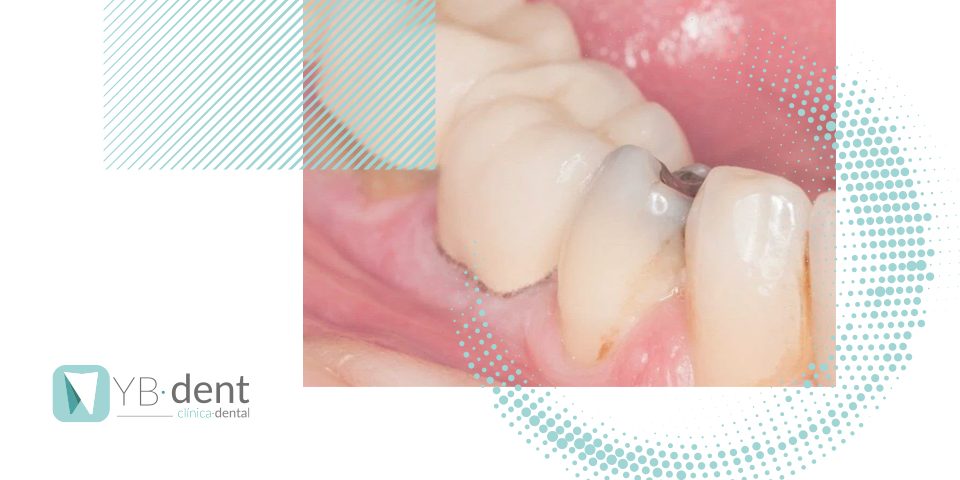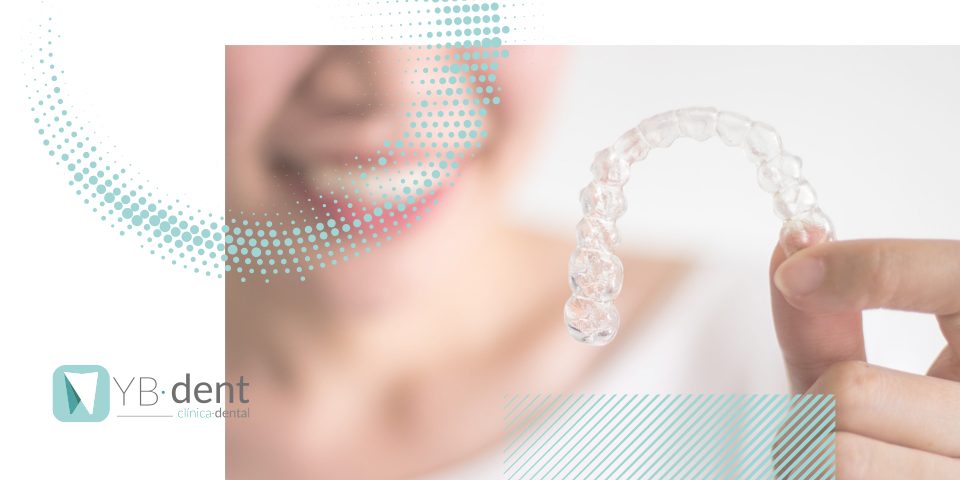Campaña 2019. Salud oral y embarazo

El Consejo General de Dentistas y la FDE lanza este año la III Campaña de Salud Oral y Embarazo. Más de 1.200 clínicas dentales de toda España están inscritas para participar en ella. Estas clínicas ofrecerán, por parte del dentista, una revisión bucodental completamente gratuita a todas las mujeres embarazadas. También se les darán consejos oportunos por si necesitan pasar por algún tipo de tratamiento.
A esta campaña también se le suma el Consejo General de Colegios Oficiales de Farmacéuticos, la Federación de Asociaciones de Matronas de España y la Asociación Española de Matronas.
Clínica Dental Valencia
Tan solo el 10-12% de las mujeres embarazadas en España se someten a una revisión odontológica. La principal razón para no hacerlo se debe, principalmente, a una falta de educación sanitaria. Tambien suelen pensar que recibir esos cuidados sanitarios pueden poner en riesgo la salud del feto. Tras estos porcentajes el Consejo General de Dentistas de España y la Fundación Dental Española (FDE) han decidido tomar riendas y poner en marcha la III Campaña Salud Oral y Embarazo.
El presidente del Consejo General de Dentistas y de la FDE, Dr. Óscar Castro Reino, menciona que durante el período de gestación la mujer experimenta múltiples cambios fisiológicos, incluso en la cavidad oral, que pueden repercutir a su salud bucodental y también al propio embarazo. Por eso, es importante que los especialistas y profesionales en salud bucodental estén en contacto con las embarazadas durante el tiempo de gestación. Así los hábitos saludables de salud bucodental quedarán totalmente reforzados por el profesional sanitario. A su vez fomentarán las visitas al dentista que muchas veces en mujeres embarazadas quedan totalmente apartadas, cuando son necesarias.
Cuando las madres con pobre salud oral y altos niveles de bacterias cariogénicas en saliva tienen recién nacidos puede ser que corran un alto riesgo de padecer caries. Una de las enfermedades más habituales entre los más pequeños a pesar de ser prevenible. Por tanto, es importante que el periodo prenatal se convierta en una etapa única para educar a todas aquellas mujeres embarazadas sobre la salud oral. Se busca proporcionarles todos los cuidados dentales que sean necesarios. Esto cambiará por completo la salud oral de la madre como la de su futuro hijo, por ello la mujer cuando visita al dentista debe avisarle de que está embarazada.
Aspectos clave para la salud oral de las mujeres embarazadas
- Mantener sanos dientes y encías: la patología periodontal puede ocasionar un parto prematuro y de bajo peso al nacer. También existe la posibilidad de transmisión bacteriana por saliva por parte de la madre al niño.
- Evitar o tratar náuseas, vómitos y reflujo gástrico: si la embarazada sufre algunos de los síntomas mencionados se encuentra en un alto riesgo de sufrir erosión dental.
- Prevenir enfermedad periodontal: puede ser que algunas mujeres desarrollen patología periodontal durante el embarazo a causa de los cambios hormonales.
- Dejar de fumar: uno de los factores que más compromete al embarazo, a la salud de la madre y del feto es el tabaco.
Campaña Salud Oral y Embarazo ¿en qué consiste?
Tres pilares fundamentales engloban la III Campaña de Salud Oral y Embarazo que constan de un mes de revisión clínica gratuita en todas las 1.200 consultas dentales que participan en la campaña de toda España. Desde el 1 al 30 de noviembre de 2019, todas aquellas embarazadas que quieran puedan acudir a pasar su revisión bucodental y recibir el asesoramiento adecuado. Además, también pueden consultar la plataforma www.saludoralyembarazo.es dirigida a embarazadas y profesionales sanitarios, en la cual se plasma de una forma didáctica material educativo y un mapa de localización de todas las clínicas inscritas por España, además de diferentes datos de interés.
Además, también está disponible un curso online gratuito y con certificación. Se pueden elegir hasta 3 versiones dependiendo de las necesidades personales o profesionales. Por tanto va dirigido a dentistas, farmacéuticos y a matronas que deseen continuar formándose en este campo.
La finalidad de la campaña consiste en concienciar a todas aquellas mujeres embarazadas sobre la importancia de mantener una buena salud bucodental durante el periodo del embarazo. Se fomentará las revisiones odontológicas durante esta etapa.



